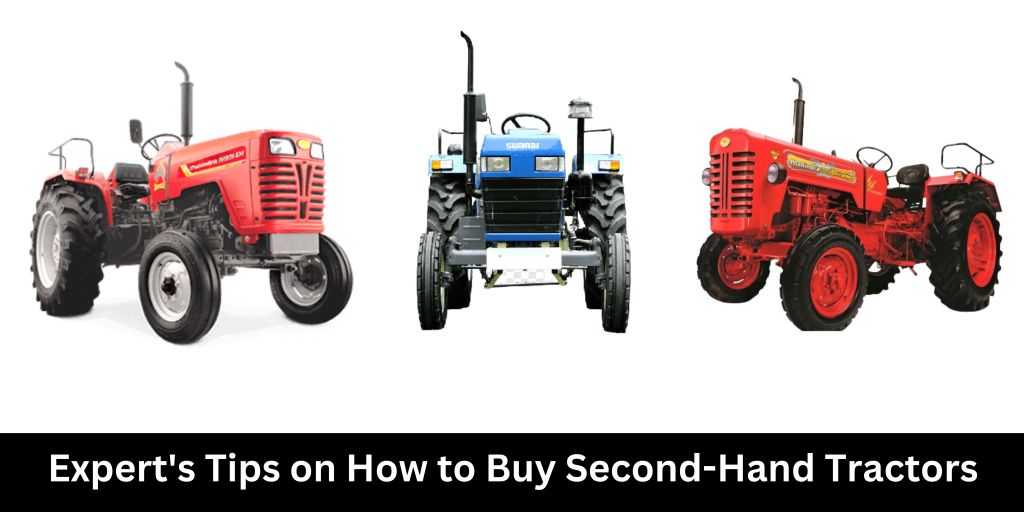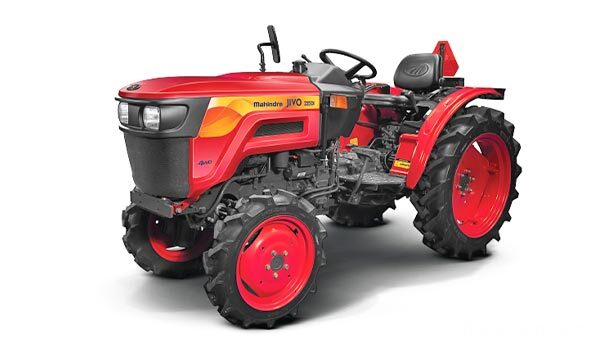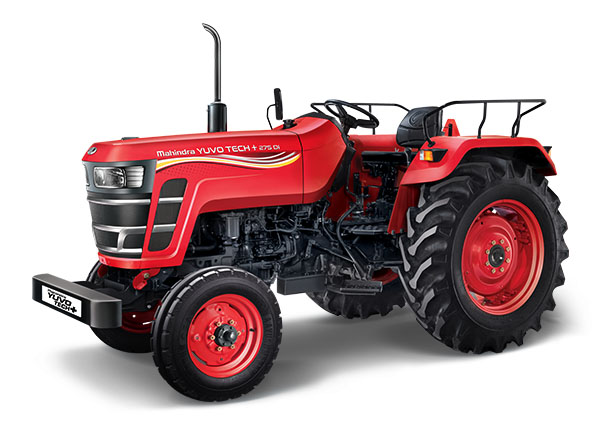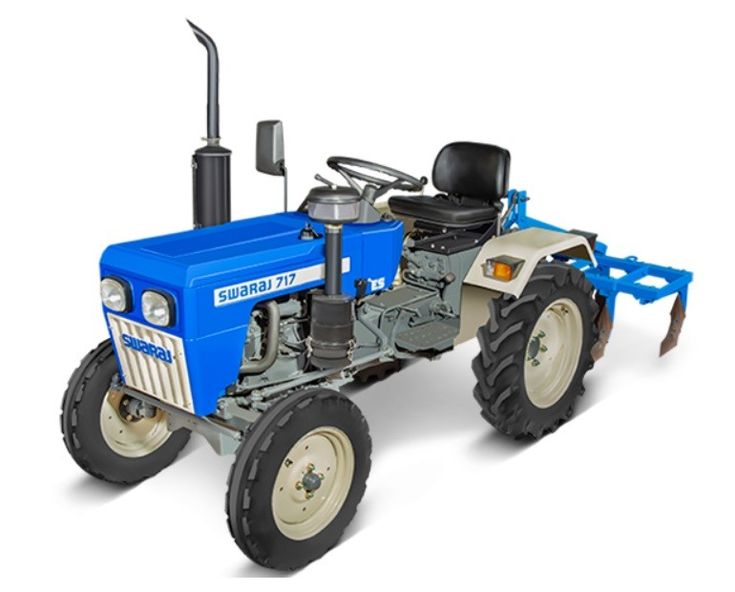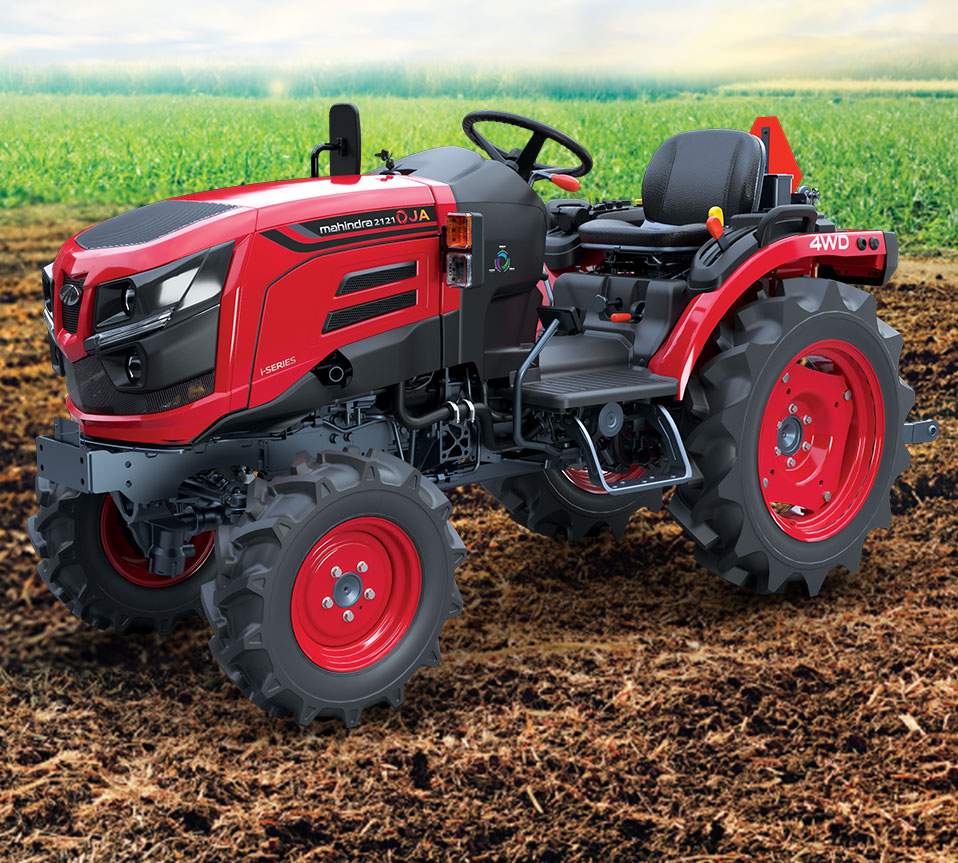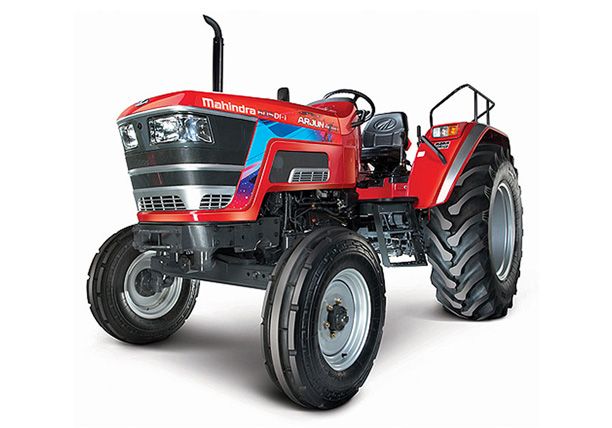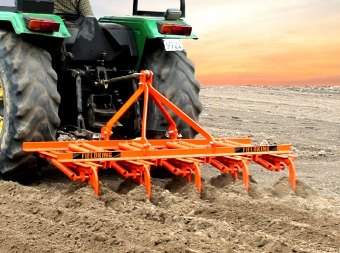When it comes to buying a tractor, many farmers consider purchasing a second-hand or used one. Buying a pre-owned tractor can be a cost-effective solution, allowing farmers to acquire the necessary machinery without stretching their budget. However, it’s crucial to approach the process with caution and ensure that you make a wise investment.
In this article, we’ll provide expert tips on how to buy second-hand tractors, empowering you to make an informed decision.
Expert’s Tips on How to Buy Second-Hand Tractors
1. Assess Your Needs:
Before starting your search to buy used tractors, it’s vital to assess your specific requirements. Determine the horsepower, features, and capabilities that align with your farming needs. Consider the type of terrain, crops, and tasks you’ll be handling to ensure that the tractor you choose is suitable for your operations. Having a clear understanding of your needs will help you narrow down your options and make a more focused and informed decision.
2. Research and Gather Information:
Thorough research is the key to buying a reliable second-hand tractor. Explore different brands and models that meet your requirements. Look for reputable dealers, online marketplaces, or local classifieds where used tractors are available. Gather information about the market value of the tractors you’re interested in to have a realistic expectation of pricing.
3. Inspect the Tractor:
When you find a potential tractor, conduct a thorough inspection before making any commitments. Inspect both the exterior and interior of the tractor, checking for any signs of wear and tear, rust, or damage. Pay attention to critical components such as the engine, transmission, hydraulic system, and electrical system. If possible, bring along an experienced mechanic or a knowledgeable person who can assess the tractor’s condition and identify any potential issues.
4. Request Maintenance and Service Records:
Ask the seller for maintenance and service records of the tractor. Well-documented records indicate that the tractor has received proper care and maintenance throughout its life. These records provide valuable insights into the tractor’s history, including any repairs, replacements, or maintenance activities performed. They also help you gauge the overall reliability and condition of the tractor.
Don’t forget to check out this– Top 5 Popular Sonalika Tractors: Know the Specifications and Features
5. Test Drive and Operational Checks:
Before finalizing the purchase, request a test drive to evaluate the tractor’s performance firsthand. Test the tractor’s engine responsiveness, transmission smoothness, steering, brakes, and other controls. Ensure that all operational features, such as the power take-off (PTO) and three-point hitch, are in working order. A test drive allows you to experience the tractor’s capabilities and identify any potential mechanical issues.
6. Check for Authenticity:
Verify the authenticity of the tractor’s documents, including registration papers, ownership proof, and relevant certifications. Ensure that the seller has legal ownership rights to sell the tractor. Cross-check the chassis number and engine number with the documents to confirm their accuracy. It’s essential to have all the necessary paperwork in order to avoid any legal complications down the line.
7. Consider Warranty and After-Sales Support:
If possible, opt for a tractor that still has some warranty remaining from the manufacturer. This provides an added layer of assurance regarding the tractor’s quality and reliability. Additionally, inquire about the availability of after-sales support, spare parts, and servicing facilities for the specific brand and model of the tractor. Having access to reliable support can make a significant difference in the long-term maintenance and upkeep of your second-hand tractor.
8. Negotiate and Finalize the Deal:
Once you are satisfied with the tractor’s condition, negotiate the price with the seller. Use the gathered information about the market value as a reference point for negotiation. Be mindful of the tractor’s age, usage, condition, and any additional features or accessories included. Seek a fair price that aligns with the current market value and the tractor’s overall condition. It’s advisable to be prepared for some negotiation, as sellers may have a certain margin for price adjustment.
Before finalizing the deal, carefully review and understand the terms of the purchase agreement. Ensure that all necessary documents, such as the bill of sale, transfer of ownership, and any warranties or guarantees, are in place. Take your time to read through the agreement and clarify any doubts or concerns you may have before signing.
Conclusion:
Buying a second-hand tractor requires thorough research, careful inspection, and a vigilant approach. By following these expert tips, you can increase your chances of making a wise investment and acquiring a reliable tractor for your farming operations. Assess your needs, gather information, and inspect the tractor’s condition meticulously. Request maintenance records, perform operational checks, and verify the authenticity of the documents. Consider warranty coverage and after-sales support, negotiate the price, and finalize the deal with a clear understanding of the terms.
Remember, a well-maintained and properly inspected used tractor can serve you just as efficiently as a new one while saving you significant costs. However, it’s crucial to approach the purchase with diligence and make informed decisions to ensure a successful and satisfactory purchase. By investing time and effort into the buying process, you can find a reliable second-hand tractor that meets your requirements and contributes to the success and productivity of your farming operations.


